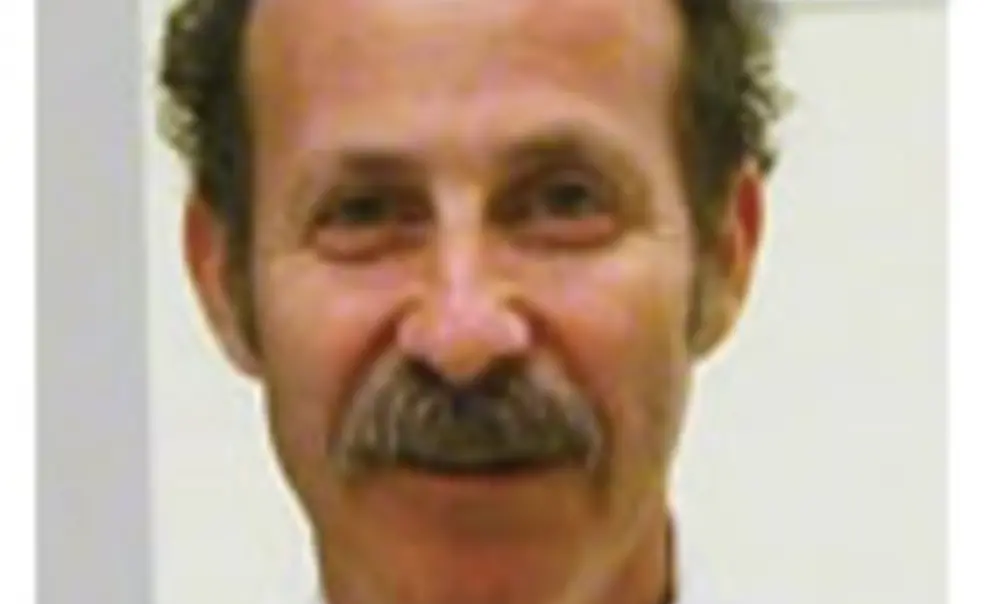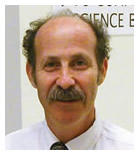Good reads: Engineer Michael G. Littman
Looking for a good read? PAW asked some professors for their recommendations.
(David Dobkin)
Professor of Mechanical and Aerospace Engineering
FAVORITE BOOK TO TEACH:
The Innovators, by David Billington ’50. Billington and I co-teach CEE 102, “Engineering and the Modern World.” This is the first of two Billington textbooks that we use in the course. The book is written for a broad audience and discusses the scientific, social, and symbolic aspects of engineering starting from the time of the industrial revolution. Great engineering works in the areas of structures, machines, networks, and processes are considered as well as the engineers and entrepreneurs who were responsible for their development.
MUST-READ BOOK IN YOUR FIELD:
Atomic Spectroscopy — Quantum Theory, by David Bohm. An excellent intuitive introduction to quantum theory.
Automatic Controls — Feedback Control of Dynamical Systems, by Franklin, Powell, and Emami-Naeini. This is an excellent control systems textbook for students starting out in the field of feedback control. Feedback control is the basis of cruise control in automobiles or automatic landing systems for airplanes.
FAVORITE PLEASURE READ:
The Devil in the White City, by Erik Larson. This is a story about the 1893 Chicago World’s Fair and a serial murderer who ran a boarding house for Fair patrons. One learns about one of the earliest large-scale public demonstrations of AC electric lighting in America and about the planning of the Fair Grounds by landscape designer Frederick Olmstead. Olmstead also planned the landscape in Central Park in New York City. Interspersed with stories about the Fair, you also learn about one of the most grisly mass murderers in late 19th-century America.
CURRENTLY READING:
Principles of Art, by R. G. Collingwood. This is a book that tries to define “Art.” Collingwood points out that a definition is akin to a theory, and it needs to be reasoned very carefully. What I find most useful is his approach that starts with examining examples of works that may or may not be considered art. For example, are cave drawings by primitive man art?
Animals Make Us Human, by Temple Grandin. I just started this. Temple Grandin is unique. She is both autistic and a researcher in animal behavior. This is a very interesting examination of behaviors of a range of animals from dogs and cats to cattle to zoo animals from a unique individual who has great insight into animal and human social behavior.
The Museum in Transition, by Hilde Hein. This is an examination of many types of modern museums. It is written by a philosopher-educator who has a career-long experience in working in museums (especially science museums). Hein explains a recent trend of many museums away from exhibiting collections of objects to presenting stories.
More Good Reads recommendations: Samuel S. Wang, Anthony Branker ’80













No responses yet